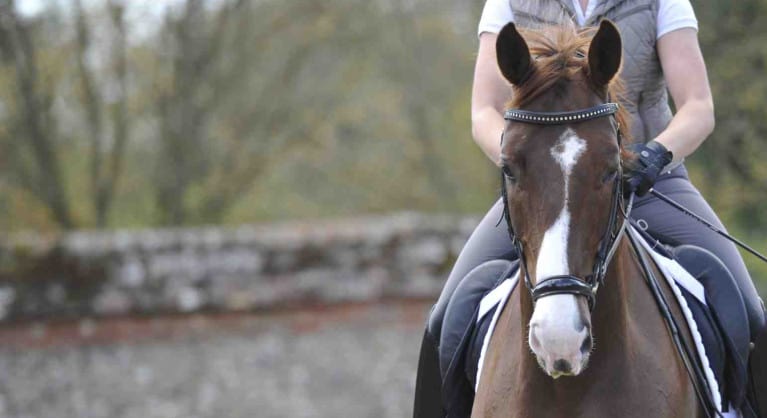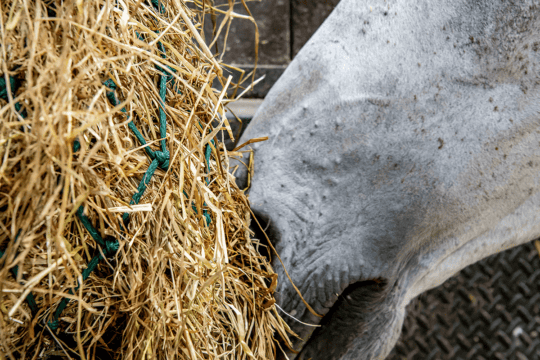Is your horse feeling his best? By making the following health checks part of your routine, you’ll get to know what is normal for your horse, which will help you identify the signs when he isn’t feeling his best

Ideally, you should be running a hand over your horse every day, looking for cuts and bruises and any signs of illness or discomfort.
Shock is a common and serious problem for horses and it can occur following an accident or illness. So if your horse is involved in a crisis, you may need to perform these checks to make sure all is well.
 Pulse
Pulse
This should be between 25-40 beats per minute. The pulse is most often felt on the jawline, but it is possible to check it on the fetlock and by feeling or listening to the heartbeat.
Jawline pulse
- Standing on your horse’s near side, use two fingers to feel along the bottom edge of the cheek. You’ll find a mass of vessels, about halfway along.
- Gently apply pressure here, until you feel the pulse.
Fetlock pulse
- Place your thumb on one side of the fetlock and two fingers on the other, at the bottom of the cannon bone.
- Slide your fingers and thumb across the fetlock, until you feel the vessels on both sides.
- Gently apply pressure with your fingers until you can feel the pulse.
The heartbeat
- Standing to your horse’s near side, place your hand or stethoscope flat on your horse’s side just behind the elbow.
- Listen or feel for one minute, counting the beats.
 Temperature
Temperature
This should be between 100.8 and 102.5 degrees fahrenheit, or 37.4 and 39 degrees centigrade.
- Make sure your thermometer is working properly. For mercury thermometers the level needs to be as close to the bulb as possible; digital ones need to be turned on and the display checked.
- Lubricate the end with Vaseline.
- Ask someone to hold your horse.
- Approach your horse from the front, so he is aware that you are there, talking to and touching him as you go.
- When you reach his tail, stand close to your horse but to the side, and move the tail sideways.
- Gently push the thermometer into your horse’s anus, so you feel it lying against the rectal wall. Never let go of the thermometer.
- Leave it in place for one minute or, if it’s digital, until it beeps.
- Gently remove the thermometer and read it.
Breathing
It is normal for a horse to take between six and 20 breaths per minute when at rest, ie, relaxing in his stable. To check this, simply stand and watch as his chest wall moves in and out.
Breaths shouldn’t be too easy to see, the nostrils shouldn’t be flared and any wheezing, squeaking or unusual sounds while a horse is at rest may need investigating further.
 Eyes
Eyes
These should be bright and clear, with the edges a pink salmon colour, similar to the gums. They shouldn’t be weeping, swollen or closed. If ever they are, veterinary advice should be sought.
Mouth
Opening your horse’s mouth and looking at his gums is a good health indicator. Check your horse’s regularly so you know what is normal for him, but generally they should be a salmon-pink colour.
- If you apply pressure to the gums, their colour should return to normal within a few seconds.
Hydration
A horse’s body is 60 per cent water, so he must have access to clean, fresh water at all times.
- A quick and easy way to make sure your horse isn’t dehydrated is to gently pinch a fold of skin on his neck and let it go.
- If it falls back into its normal position immediately, he’s not dehydrated.















